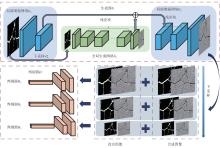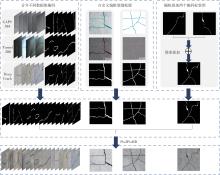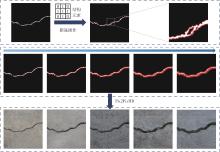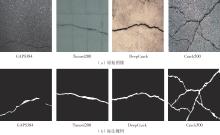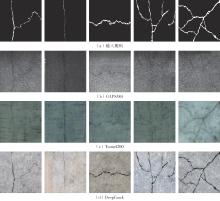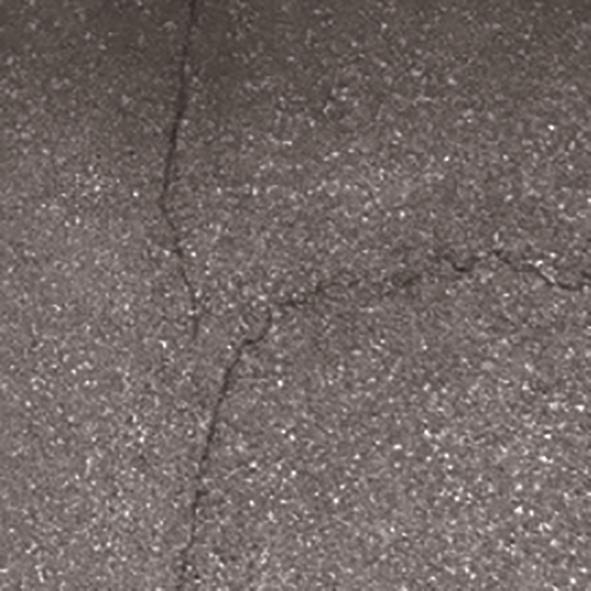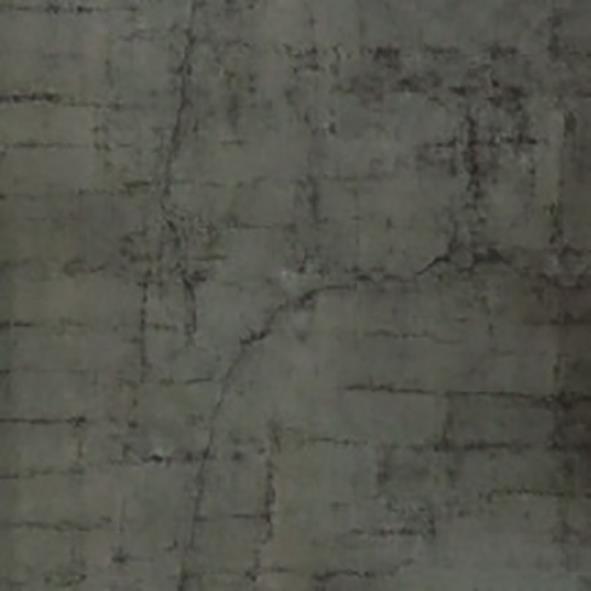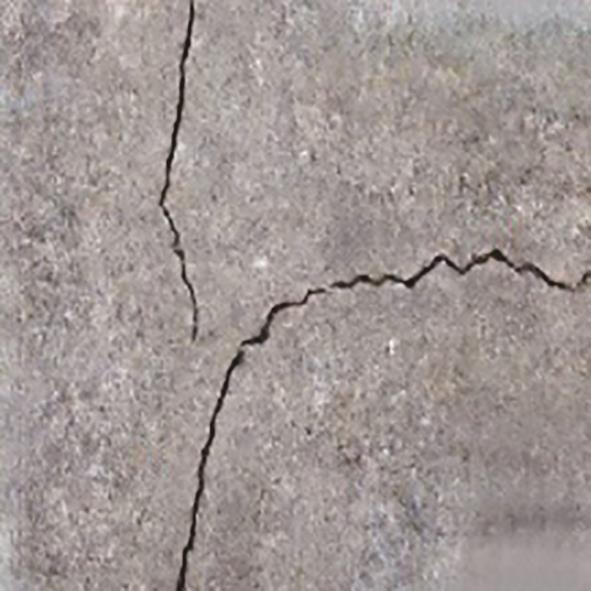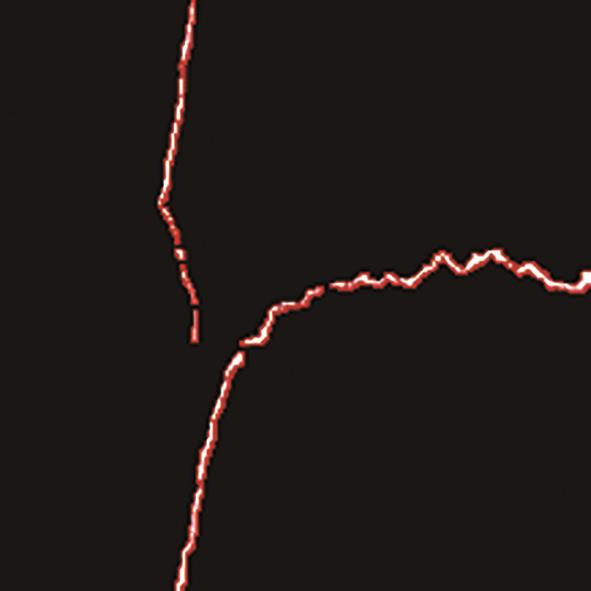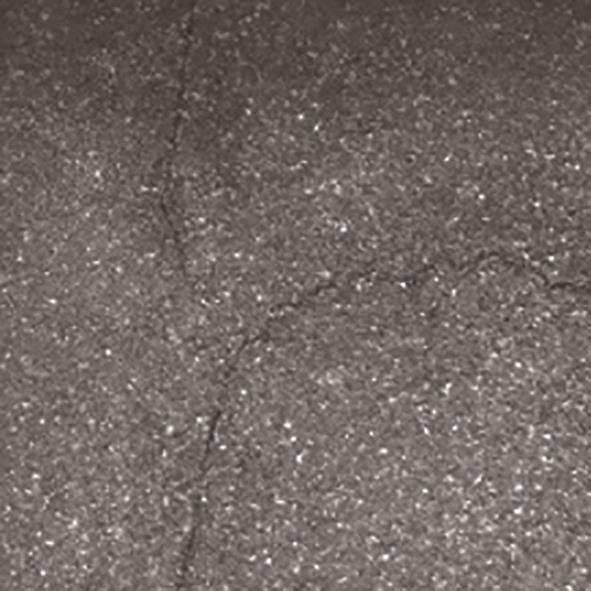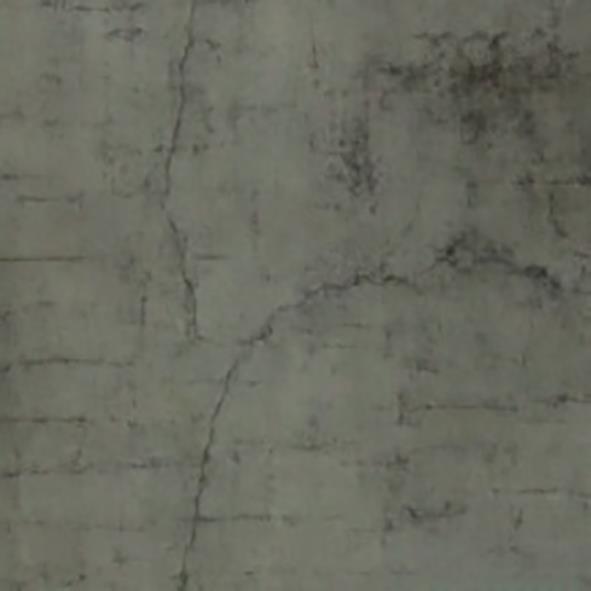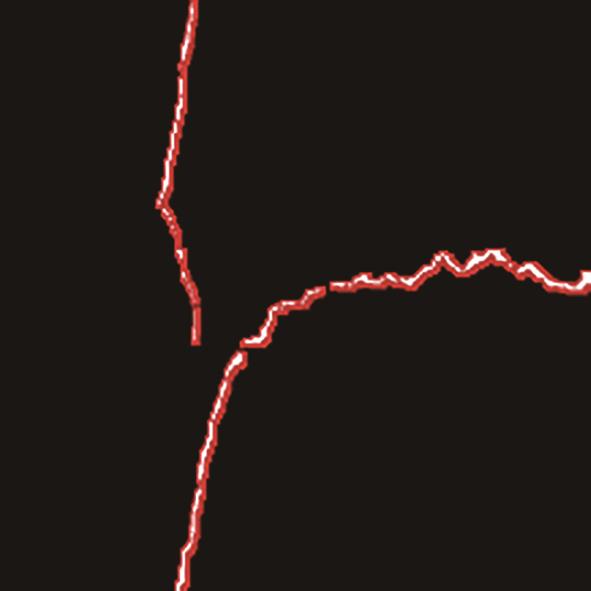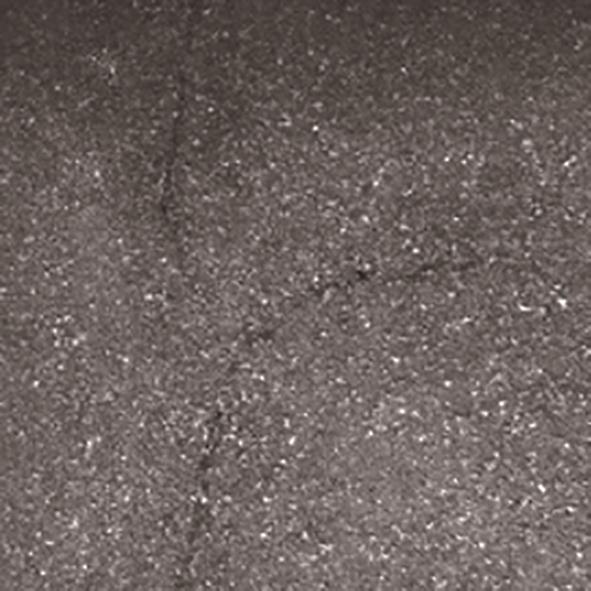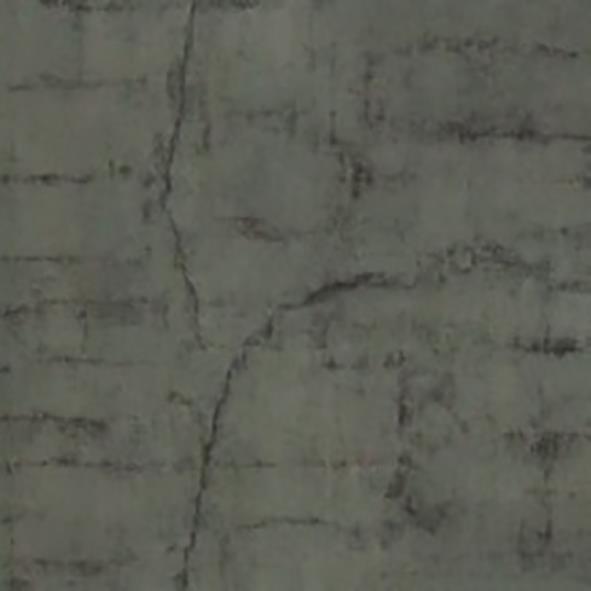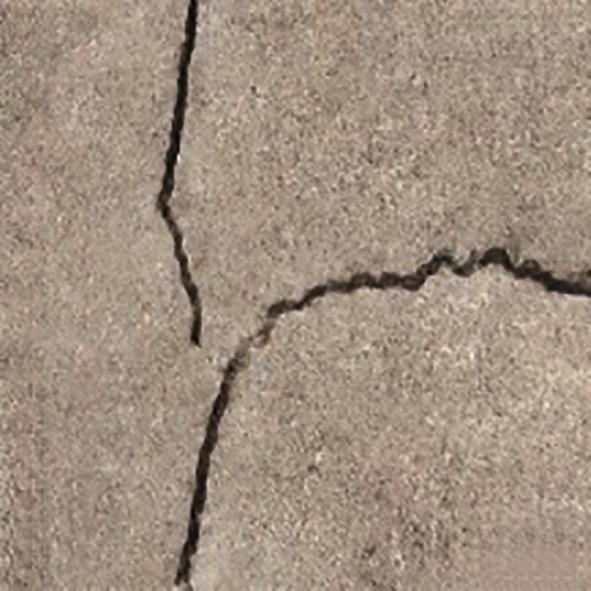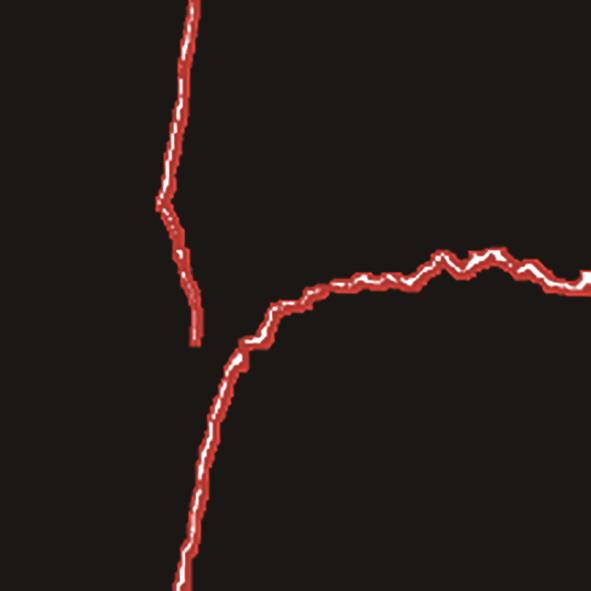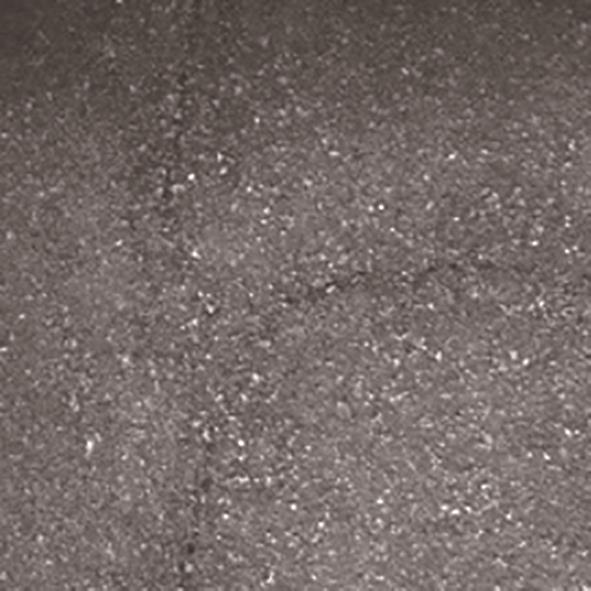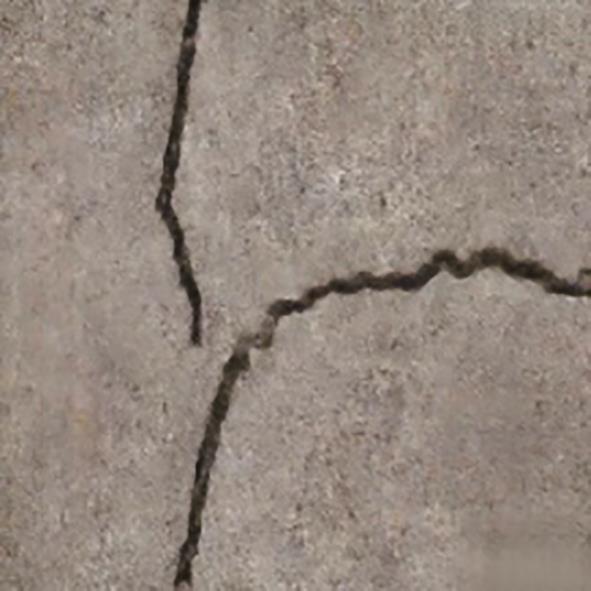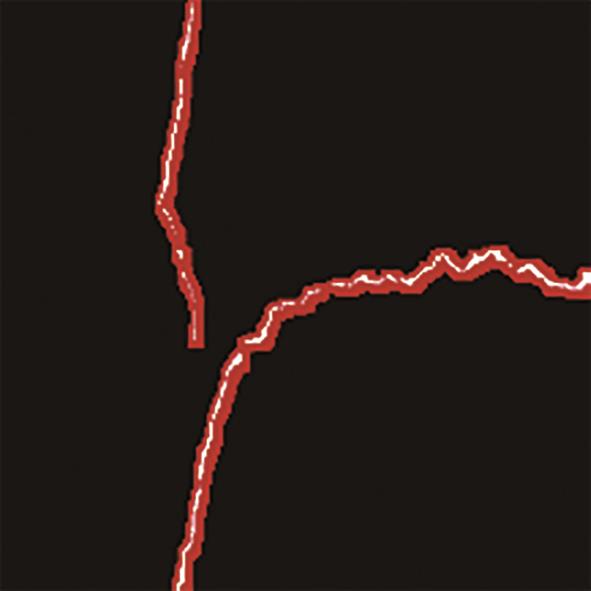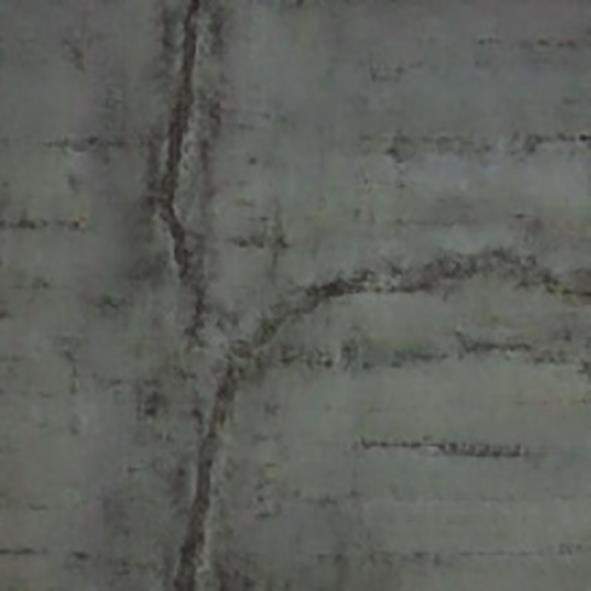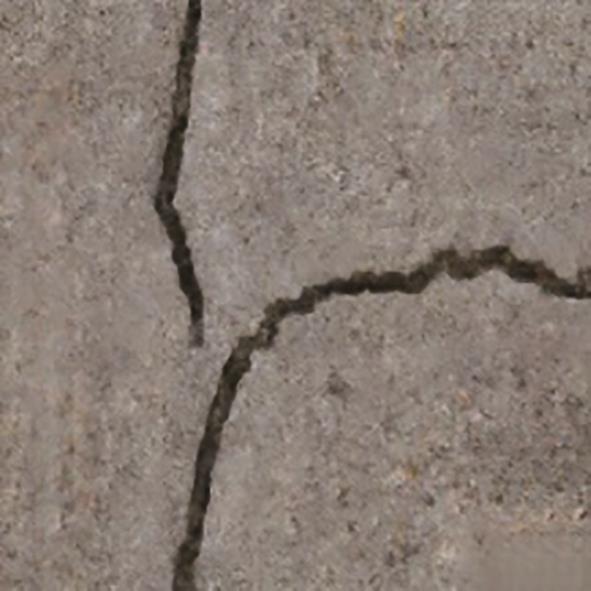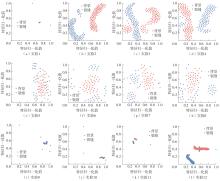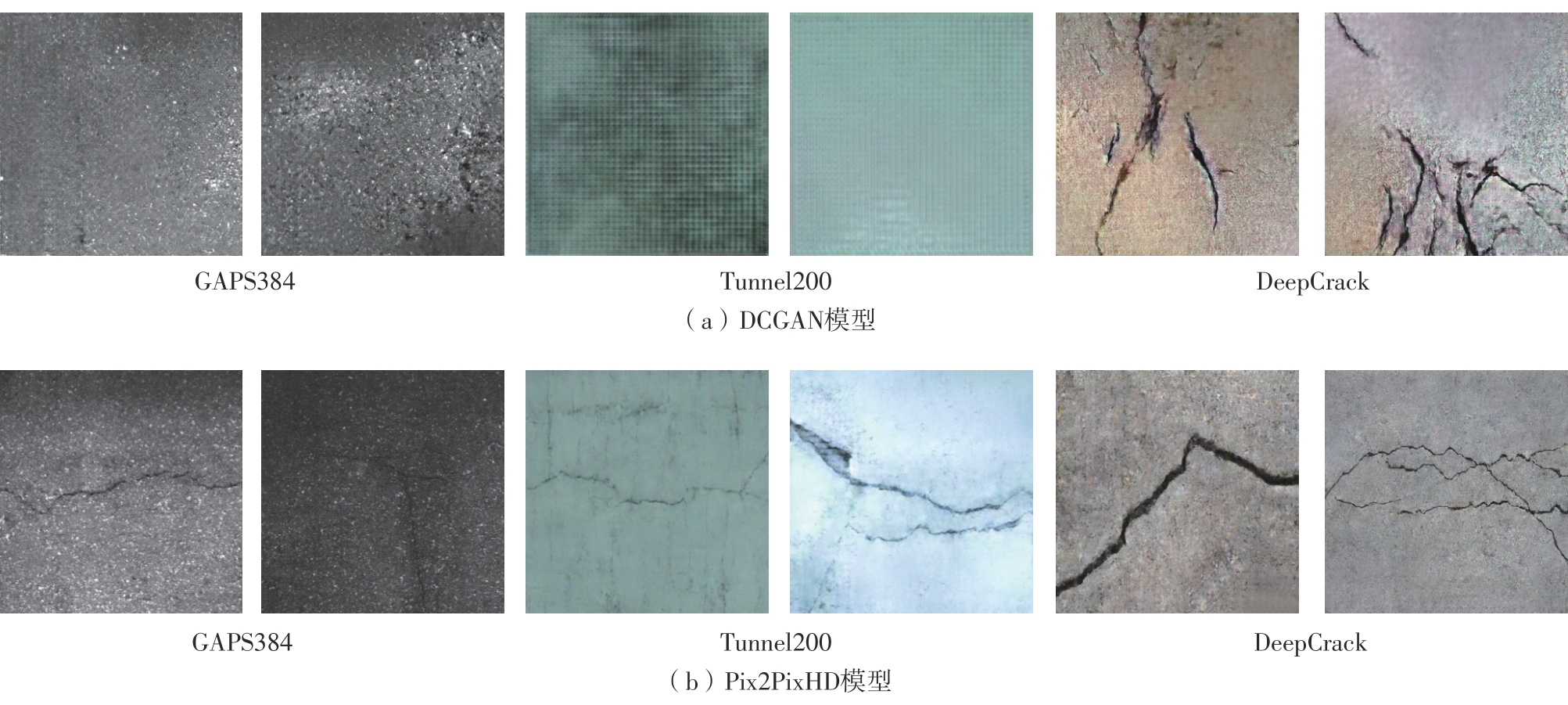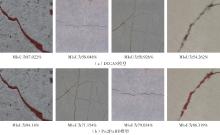Journal of South China University of Technology(Natural Science Edition) ›› 2024, Vol. 52 ›› Issue (10): 146-158.doi: 10.12141/j.issn.1000-565X.230350
Special Issue: 2024年图像处理
• Image Processing • Previous Articles
Augmentation Method of Transportation Infrastructure Crack Images
JIANG Shengchuan1( ), ZHONG Shan2(
), ZHONG Shan2( ), WU Difei2, LIU Chenglong2
), WU Difei2, LIU Chenglong2
- 1.Department of Transportation System Engineering,University of Shanghai for Science and Technology,Shanghai 200093,China
2.Key Laboratory of Road and Traffic Engineering of the Ministry of Education,Tongji University,Shanghai 201804,China
-
Received:2023-05-24Online:2024-10-25Published:2024-01-26 -
Contact:ZHONG Shan E-mail:jsc@usst.edu.cn;zhongshanbetter@tongji.edu.cn -
Supported by:the National Natural Science Foundation of China(52202390);the Star Project of Shanghai Science and Technology Commission(22QB1405100)
CLC Number:
Cite this article
JIANG Shengchuan, ZHONG Shan, WU Difei, LIU Chenglong. Augmentation Method of Transportation Infrastructure Crack Images[J]. Journal of South China University of Technology(Natural Science Edition), 2024, 52(10): 146-158.
share this article
Table 3
Details of evaluation experiment settings"
| 数据集 | 实验编号 | 训练集组成 | 测试集组成 |
|---|---|---|---|
| GAPS384 | 1 | 50幅GAPS384图像 | 459幅GAPS384图像 |
| 2 | 50幅GAPS384图像+1 000幅增广图像 | 459幅GAPS384图像 | |
| 3 | 50幅GAPS384图像+2 000幅增广图像 | 459幅GAPS384图像 | |
| 4 | 50幅GAPS384图像+3 000幅增广图像 | 459幅GAPS384图像 | |
| Tunnel200 | 5 | 20幅Tunnel200图像 | 180幅Tunnel200图像 |
| 6 | 20幅Tunnel200图像+1 000幅增广图像 | 180幅Tunnel200图像 | |
| 7 | 20幅Tunnel200图像+2 000幅增广图像 | 180幅Tunnel200图像 | |
| 8 | 20幅Tunnel200图像+3 000幅增广图像 | 180幅Tunnel200图像 | |
| DeepCrack | 9 | 50幅DeepCrack图像 | 487幅DeepCrack图像 |
| 10 | 50幅DeepCrack图像+1 000幅增广图像 | 487幅DeepCrack图像 | |
| 11 | 50幅DeepCrack图像+2 000幅增广图像 | 487幅DeepCrack图像 | |
| 12 | 50幅DeepCrack图像+3 000幅增广图像 | 487幅DeepCrack图像 |
Table 4
Comparison of test accuracy among experimental groups"
| 数据集 | 实验编号 | MIoU/% | P/% | R/% |
|---|---|---|---|---|
| GAPS384 | 1 | 66.195 | 80.914 | 70.734 |
| 2 | 66.765 | 81.715 | 71.251 | |
| 3 | 66.656 | 81.876 | 71.014 | |
| 4 | 66.857 | 81.822 | 71.342 | |
| Tunnel200 | 5 | 63.385 | 80.385 | 67.284 |
| 6 | 68.123 | 81.766 | 73.791 | |
| 7 | 68.253 | 81.197 | 74.330 | |
| 8 | 67.955 | 81.513 | 73.670 | |
| DeepCrack | 9 | 80.321 | 91.263 | 85.175 |
| 10 | 82.755 | 93.062 | 86.908 | |
| 11 | 83.571 | 93.060 | 87.903 | |
| 12 | 83.666 | 92.898 | 88.145 |
| 1 | 李亦舜,刘成龙,曹静,等 .基于深度学习的路面病害检测与时空追溯方法[J].长安大学学报(自然科学版),2022,42(6):53-65. |
| LI Yi-shun, LIU Cheng-long, CAO Jing,et al .Automatic tracking method of pavement performance decay based on deep learning[J].Journal of Chang’an University (Natural Science Edition),2022,42(6):53-65. | |
| 2 | 刘宇飞,樊健生,聂建国,等 .结构表面裂缝数字图像法识别研究综述与前景展望[J].土木工程学报,2021,54(6):79-98. |
| LIU Yufei, FAN Jiansheng, NIE Jianguo,et al .Review and prospect of digital-image-based crack detection of structure surface[J].China Civil Engineering Journal,2021,54(6):79-98. | |
| 3 | HU W B, WANG W D, AI C B,et al .Machine vision-based surface crack analysis for transportation infrastructure[J].Automation in Construction,2021,132:103973/1-22. |
| 4 | 孙晓贺,施成华,刘凌晖,等 .基于改进的种子填充算法的混凝土裂缝图像识别系统[J].华南理工大学学报(自然科学版),2022,50(5):127-136,146. |
| SUN Xiaohe, SHI Chenghua, LIU Linghui,et al .Concrete crack image recognition system based on improved seed filling algorithm[J].Journal of South China University of Technology (Natural Science Edition),2022,50(5):127-136,146. | |
| 5 | 刘晟,王卫星,曹霆,等 .基于差分计盒维数及最大熵阈值的裂缝提取[J].长安大学学报(自然科学版),2015,35(5):13-21. |
| LIU Sheng, WANG Wei-xing, CAO Ting,et al .Road crack extraction based on differential box dimension and maximum entropy threshold[J].Journal of Chang’an University (Natural Science Edition),2015,35(5):13-21. | |
| 6 | 琚晓辉,徐凌 .基于SVM-Adaboost裂缝图像分类方法研究[J].公路交通科技,2017,34(11):38-42. |
| JU Xiao-hui, XU Ling .Study on classification method of crack images based on SVM-Adaboost[J].Journal of Highway and Transportation Research and Development,2017,34(11):38-42. | |
| 7 | 邓露,褚鸿鹄,龙砺芝,等 .基于深度学习的土木基础设施裂缝检测综述[J].中国公路学报,2023,36(2):1-21. |
| DENG Lu, CHU Hong-hu, LONG Li-zhi,et al .Review of deep learning-based crack detection for civil infrastructures[J].China Journal of Highway and Transport,2023,36(2):1-21. | |
| 8 | 张定军,廖明潮,高拉劳 .基于GhostNet的轻量级桥梁裂缝图像语义分割算法[J].公路,2023,68(4):246-255. |
| ZHANG Ding-jun, LIAO Ming-chao, GAO La-lao .Light-weight bridge crack images segmentation algorithm based on GhostNet[J].Highway,2023,68(4):246-255. | |
| 9 | 邓治林,罗仁泽,费越,等 .基于FE-Unet的机场道面裂缝检测[J].光电子·激光,2023,34(1):34-42. |
| DENG Zhilin, LUO Renze, FEI Yue,et al .Crack detection of airport pavement based on FE-Unet[J].Journal of Optoelectronics·Laser,2023,34(1):34-42. | |
| 10 | LI Y S, CHE P Y, LIU C L,et al .Cross-scene pavement distress detection by a novel transfer learning framework[J].Computer-Aided Civil and Infrastructure Engineering,2021,36(11):1398-1415. |
| 11 | LI Y S, LIU C L, SHEN Y,et al .RoadID:a dedicated deep convolutional neural network for multipavement distress detection[J].Journal of Transportation Engineering,Part B:Pavements,2021,147(4):04021057/1-12. |
| 12 | 李彦葓,李鹏飞,吕淼 .基于深度学习的混凝土结构表面裂缝检测[J].混凝土,2022(8):187-192. |
| LI Yanhong, LI Pengfei, Miao LÜ .Surface crack detection of concrete structures based on deep learning[J].Concrete,2022(8):187-192. | |
| 13 | 许正森,雷相达,管海燕 .多尺度局部特征增强Transformer道路裂缝检测模型[J].中国图象图形学报,2023,28(4):1019-1028. |
| XU Zhengsen, LEI Xiangda, GUAN Haiyan .Multi-scale local feature enhanced Transformer network for pavement crack detection[J].Journal of Image and Graphics,2023,28(4):1019-1028. | |
| 14 | GOODFELLOW I J, POUGET-ABADIE J, MIRZA M,et al .Generative adversarial nets[C]∥ GHAHRAMANI Z,WELLING M,CORTES C,et al.Advances in neural information processing systems 27.La Jolla:Neural Information Processing Systems,2014:2672-2680. |
| 15 | 裴莉莉,孙朝云,孙静,等 .基于DCGAN的路面裂缝图像生成方法[J].中南大学学报(自然科学版),2021,52(11):3899-3906. |
| PEI Lili, SUN Chaoyun, SUN Jing,et al .Generation method of pavement crack images based on deepconvolutional generative adversarial networks[J].Journal of Central South University (Science and Technology),2021,52(11):3899-3906. | |
| 16 | ZHONG J T, HUYAN J, ZHANG W G,et al .A deeper generative adversarial network for grooved cement concrete pavement crack detection[J].Engineering Applications of Artificial Intelligence,2023,119:105808/1-13. |
| 17 | DONG J X, WANG N N, FANG H Y,et al .Innovative method for pavement multiple damages segmentation and measurement by the Road-Seg-CapsNet of feature fusion[J].Construction and Building Materials,2022,324:126719/1-20. |
| 18 | WANG T C, LIU M Y, ZHU J Y,et al .High-resolution image synthesis and semantic manipulation with conditional GANs[C]∥ Proceedings of 2018 IEEE/CVF Conference on Computer Vision and Pattern Recognition.Salt Lake City:IEEE,2018:8798-8807. |
| 19 | WU D, GAN J H, ZHOU J X,et al .Fine-grained semantic ethnic costume high-resolution image colorization with conditional GAN[J].International Journal of Intelligent Systems,2022,37(5):2952-2968. |
| 20 | LI J, CHEN Z, ZHAO X,et al .MapGAN:an intelligent generation model for network tile maps[J].Sensors,2020,20(11):3119/1-20. |
| 21 | STRICKER R, AGANIAN D, SESSELMANN M,et al .Road surface segmentation:pixel-perfect distress and object detection for road assessment[C]∥ Proceedings of 2021 IEEE the 17th International Conference on Automation Science and Engineering.Lyon:IEEE,2021:1789-1796. |
| 22 | ZHOU Q, QU Z, LI Y X,et al .Tunnel crack detection with linear seam based on mixed attention and multiscale feature fusion[J].IEEE Transactions on Instrumentation and Measurement,2022,71:5014711/1-11. |
| 23 | LIU Y H, YAO J, LU X H,et al .DeepCrack:a deep hierarchical feature learning architecture for crack segmentation[J].Neurocomputing,2019,338:139-153. |
| 24 | YANG F, ZHANG L, YU S J,et al .Feature pyramid and hierarchical boosting network for pavement crack detection[J].IEEE Transactions on Intelligent Transportation Systems,2020,21(4):1525-1535. |
| 25 | RONNEBERGER O, FISCHER P, BROX T .U-Net:convolutional networks for biomedical image segmentation[C]∥ Proceedings of the 18th International Conference on Medical Image Computing and Computer-Assisted Intervention.Munich:Springer,2015:234-241. |
| 26 | KIM J, LEE J, PARK J,et al .Pin the memory:learning to generalize semantic segmentation[C]∥ Proceedings of 2022 IEEE/CVF Conference on Computer Vision and Pattern Recognition.New Orleans:IEEE,2022:4340-4350. |
| [1] | ZHU Yu, XU Zhigang, ZHAO Xiangmo, et al. TsGAN-Based Automatic Generation Algorithm of Lane-Change Cut-in Test Scenarios on Expressways for Autonomous Vehicles [J]. Journal of South China University of Technology(Natural Science Edition), 2024, 52(8): 76-88. |
| [2] | QIANG Ruiru, ZHAO Xiaoqiang. A Small Sample Rolling Bearing Fault Diagnosis Method Based on Gramian Angular Difference Field and Generative Adversarial Network [J]. Journal of South China University of Technology(Natural Science Edition), 2024, 52(10): 64-75. |
| [3] | ZHU Zhengyu, LUO Chao, HE Qianhua, et al. Multi-View Lip Motion and Voice Consistency Judgment Based on Lip Reconstruction and Three-Dimensional Coupled CNN [J]. Journal of South China University of Technology(Natural Science Edition), 2023, 51(5): 70-77. |
| [4] | Qi LIU Bin Yu. Pavement Crack Recognition Algorithm Based on Transposed CNN [J]. Journal of South China University of Technology(Natural Science Edition), 2021, 49(12): 124-132. |
| [5] | WEN Huiying ZHANG Weigang ZHAO Sheng. Vehicle Lane-Change Trajectory Prediction Model Based on Generative Adversarial Networks [J]. Journal of South China University of Technology (Natural Science Edition), 2020, 48(5): 32-40. |
| [6] | SUN Jifeng ZHU Yating WANG Kai. Motion Deblurring Based on DeblurGAN and Low Rank Decomposition [J]. Journal of South China University of Technology (Natural Science Edition), 2020, 48(1): 32-41,50. |
| [7] | Li Wei Huyan Ju Sha Ai-min Sun Zhao-yun Hao Xue-li . Pavement Crack Detection Based on Two - Scale Clustering Algorithm and 3D Data#br# [J]. Journal of South China University of Technology (Natural Science Edition), 2015, 43(8): 99-105. |
| [8] | Wang Wei- xing Wu Lin- chun. Extraction of Pavement Cracks Based on Valley Edge Detection of Fractional Integral [J]. Journal of South China University of Technology (Natural Science Edition), 2014, 42(1): 117-122. |
| Viewed | ||||||
|
Full text |
|
|||||
|
Abstract |
|
|||||
